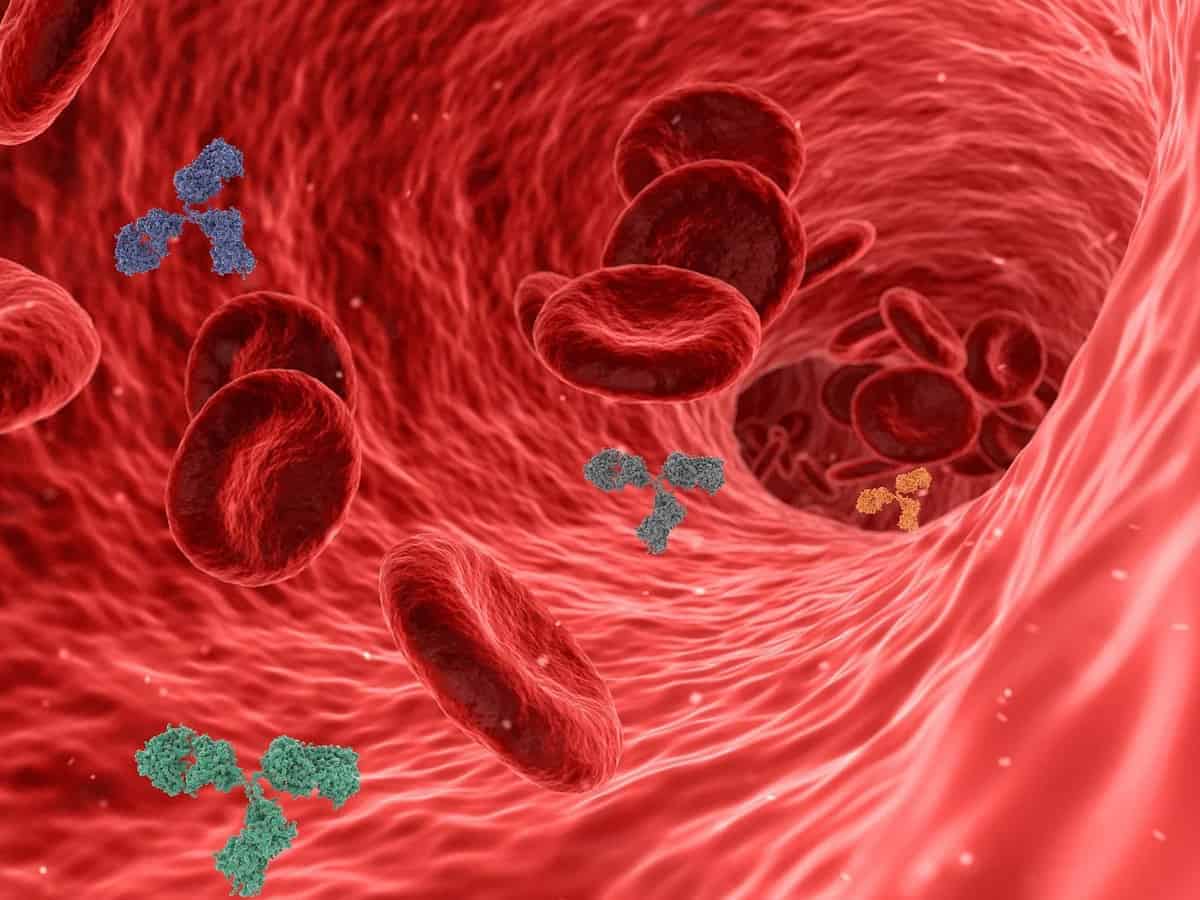New Delhi: The Covishield vaccine produces more antibodies than Covaxin though both generate a good immune response, says a pan-India study of healthcare workers who had received both doses of the preventives.
The yet-to-be-published study, posted on the preprint repository MedRxiv on June 4, covered 515 healthcare workers (HCW) — 305 men and 210 women — from 22 cities in 13 states.
Covishield, from the Oxford-AstraZeneca stable, is manufactured by the Serum Institute of India in Pune. Covaxin is the indigenously manufactured vaccine by Hyderabad-based Bharat Biotech in collaboration with ICMR and National Institute of Virology (NIV).
The blood samples of those participating in the study were tested for the quantity of antibodies produced and levels of specific antibodies that are directed to the spike protein of the virus, which is regarded as a proxy for protection.
Both vaccines elicited good immune response after two doses, although seropositivity rates and antibody levels were significantly higher in Covishield compared to Covaxin, Awadhesh Kumar Singh, lead author of the study and consultant endocrinologist, G D Hospital and Diabetes Institute, Kolkata, said in a tweet.
Seropositivity was observed in a higher number of people vaccinated with Covishield as compared to those immunised with Covaxin.
Among the 515 HCW, 95 per cent showed seropositivity after two doses of both vaccines. Of the 425 Covishield and 90 Covaxin recipients, 98.1 per cent and 80 per cent respectively, showed seropositivity, said the study authors.
Seropositivity refers to the production of antibodies in an individual.
The study was conducted by researchers from various institutes, including Ahmedabad’s Vijayratna Diabetes Centre, Kolkata’s G D Hospital and Diabetes Institute, Dhanbad’s Diabetes and Heart Research Centre and the Rajasthan Hospital and Mahatma Gandhi Medical College and Hospital in Jaipur.
The rise in anti-spike antibodies was also significantly higher in Covishield vs Covaxin recipient at 127 absorbance units per milliliter (AU/mL) and 53 AU/mL respectively, the authors noted.
AU is the unit of measuring antibody levels.
Apart from finding higher seropositivity among Covishield recipients, the study found that seropositivity rate was significantly more in participants with an age of 60 or less compared to those above 60.
While factors such as gender, body mass index (BMI) and other comorbidities didn’t make any difference, the seropositivity rate or antibodies in people with type 2 diabetes was found to be significantly lower.
The researchers also compared the post-vaccination immune responses of all participants with those who had a history of COVID- 19, and those who didn’t.
It found that participants who had recovered from COVID-19 at least six weeks before the first dose of both vaccines, and later took both shots, were 100 per cent seropositive, and had higher antibody levels compared to others.
The past history of SARS-CoV-2 infection elicited a significantly greater median antibody titre, compared to SARS-CoV-2 na ve cohorts, irrespective of the type of vaccine received, the researchers noted.
Breakthrough infections, defined as SARS-CoV-2 infection over two weeks after the second dose, were reported in 4.9 per cent of cases following both vaccines, according to the study authors.
Such infections were noted in 5.5 per cent of people in Covishield, and 2.2 per cent of Covaxin recipients, they said.
Covaxin is an inactivated vaccine that contains the dead virus. Preliminary data of the Phase 3 trials shows that Covaxin has an efficacy rate of 81 per cent. The duration between the two doses is 28 days.
Covishield is based on the viral vector platform and is made from a weakened version of a common cold virus from chimpanzees. The two doses of Covishield are administered 12 weeks apart. It has an efficacy of over 70 per cent.

